Ferdinand du Puigaudeau (1864-1930)
Get a Du Puigaudeau Certificate of Authenticity for your painting (COA) for your Du Puigaudeau drawing.
For all your Du Puigaudeau artworks you need a Certificate of Authenticity (COA) in order to sell, to insure or to donate for a tax deduction.
Getting a Du Puigaudeau Certificate of Authenticity (COA) is easy. Just send us photos and dimensions and tell us what you know about the origin or history of your Du Puigaudeau painting or drawing.
If you want to sell your Du Puigaudeau painting or drawing use our selling services. We offer Du Puigaudeau selling help, selling advice, private treaty sales and full brokerage.
We have been authenticating Du Puigaudeau and issuing certificates of authenticity since 2002. We are recognized Du Puigaudeau experts and Du Puigaudeau certified appraisers. We issue COAs and appraisals for all Du Puigaudeau artworks.
Our Du Puigaudeau paintings and drawings authentications are accepted and respected worldwide.
Each COA is backed by in-depth research and analysis authentication reports.
The Du Puigaudeau certificates of authenticity we issue are based on solid, reliable and fully referenced art investigations, authentication research, analytical work and forensic studies.
We are available to examine your Du Puigaudeau painting or drawing anywhere in the world.
You will generally receive your certificates of authenticity and authentication report within two weeks. Some complicated cases with difficult to research Du Puigaudeau paintings or drawings take longer.
Our clients include Du Puigaudeau collectors, investors, tax authorities, insurance adjusters, appraisers, valuers, auctioneers, Federal agencies and many law firms.
We perform Ferdinand Du Puigaudeau art authentication. appraisal, certificates of authenticity (COA), analysis, research, scientific tests, full art authentications. We will help you sell your Ferdinand Du Puigaudeau or we will sell it for you.
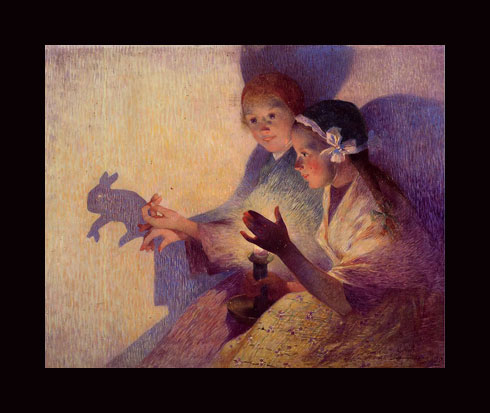
Ferdinand du Puigaudeau was a French Impressionist artist born in Nantes. At the age of 18, Puigaudeau took up painting, but did not begin to truly form his own style until he traveled to Tunisia and Italy. His first known works are dated in 1886, the same year that he moved to Pont-Aven where he became friends with Paul Gaugin.
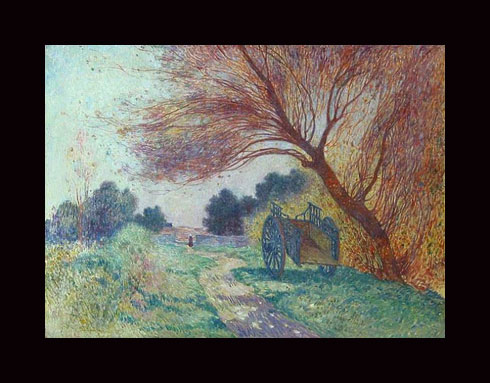
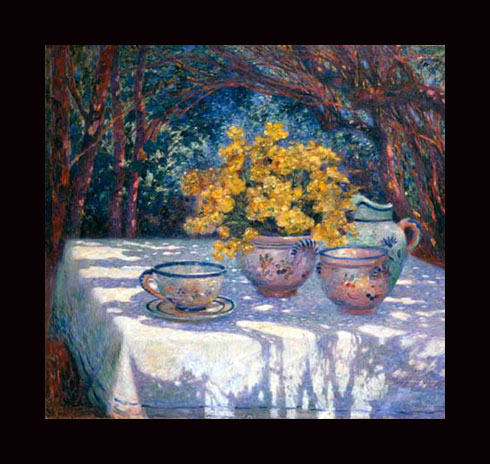
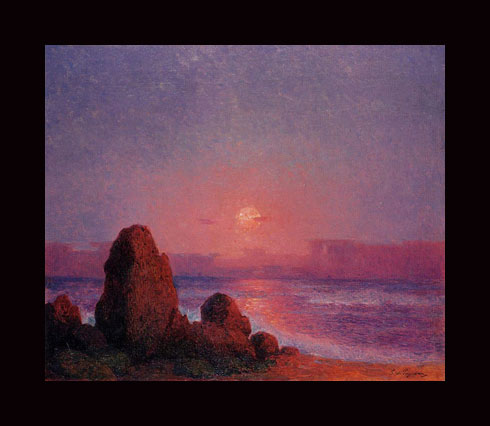
While in Pont-Aven, Puigaudeau made plans to visit Martinique and Panama with Gaugin. However, this was never realized as Puigaudeau was called away to war. After his service in the military, he traveled to Belgium in 1889. There he became associated with the “Group of Twenty.” The following year, Puigaudeau presented one of his pieces for the first time to the Salon de la Societe National des Beaux-Arts.

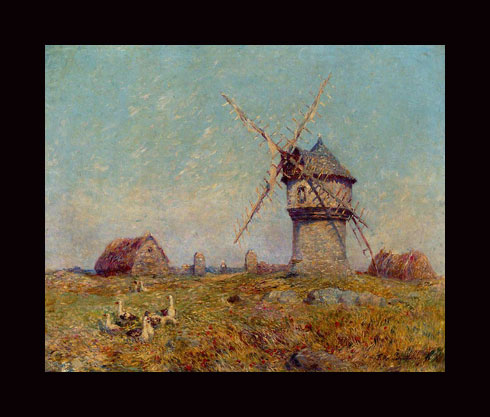
In 1893, Puigaudeau married and had a daughter shortly thereafter named Odette. During the subsequent years, he continued to live in Pont-Aven and became friends with Paul Durand-Ruel and Edgar Degas. During this time, Puigaudeau painted compositions of lively merry-go-round scenes and fun fairs, which some art critics claim to be his most beautiful.
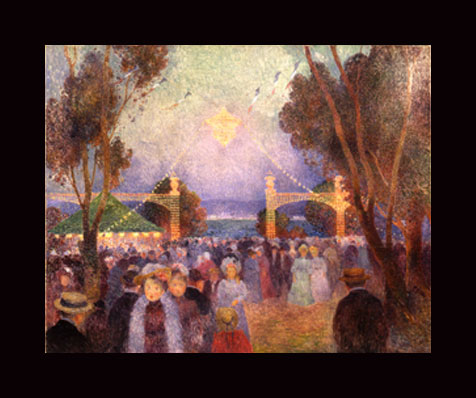
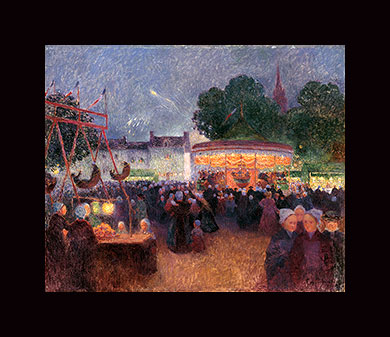
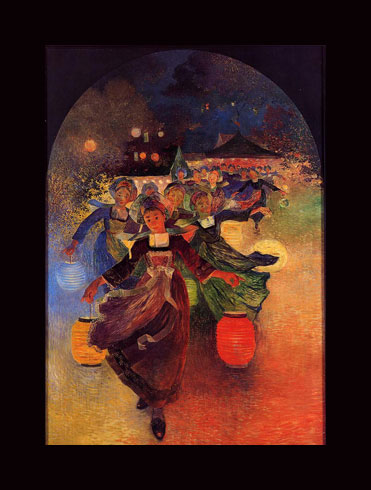
Puigaudeau was generally a landscape artist, who was quite talented in portraying light in his Impressionistic compositions. In 1904, he traveled to Venice where he completed more than 50 beautiful Italian landscapes, cityscapes and nighttime scenes. However, upon his return to Paris, Puigaudeau’s landscapes were generally panned at the Salons. Shamed by this great rejection, he feels forced to leave Paris and settles in the village of Bourg on the Loire River.

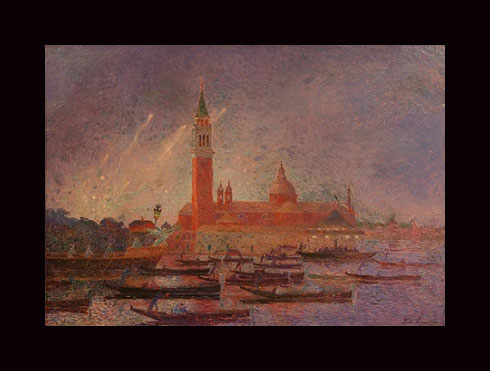
In 1907, Puigaudeau bought the Kervaudu estate where he remained for the rest of his life. Though he still participated in exhibitions in Nantes, he essentially became a recluse and was nicknamed “the hermit of Kervaudu” by his friend Degas. Here, he painted tranquil, sweeping landscapes and Impressionist scenes of his gardens and flowerbeds.
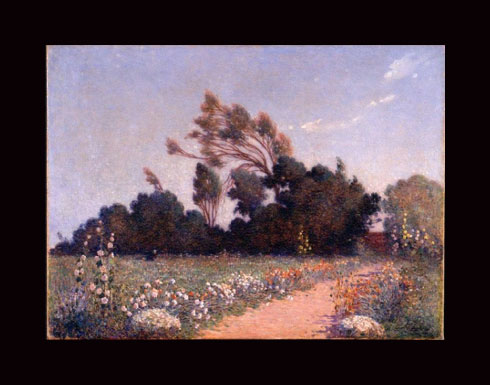
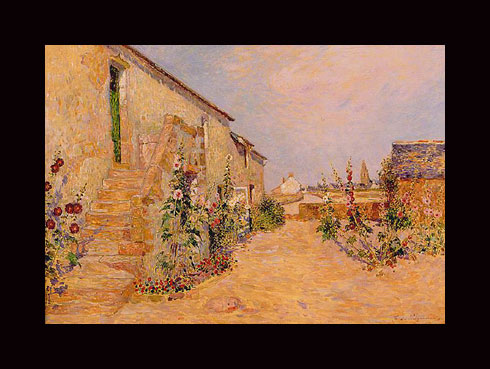
The war of 1914, caused Puigaudeau several setbacks and his output generally began to slow down. In 1919, he was invited to work on an exhibition in New York. However, this too fell through and plunged him head first into a deep depression. Though Puigaudeau was also an alcoholic by this time and was terribly depressed, he managed to receive a few commissions toward the end of his life, including creating illustrations for the novel “La Briere” by Alphonse de Chateaubriant.
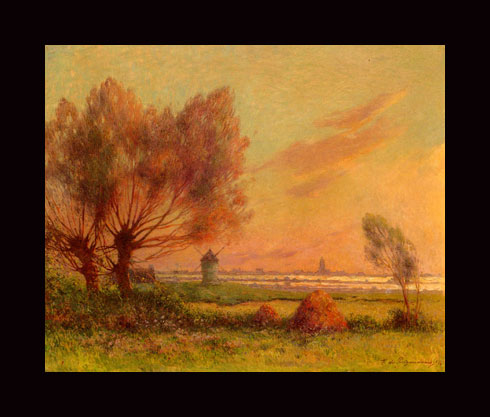
Though Puigaudeau did not find the same kind of success as his contemporaries during his lifetime, today collectors acknowledge his great talent and his works are in demand. Due to his extensive travels, Puigaudeau’s landscapes, still life and genre scenes could be found virtually anywhere in Europe. Still wondering about a late 19th century or early 20th century Impressionistic piece in your home? Contact us….it could be by Ferdinand du Puigaudeau.
Reviews
1,217 global ratings
5 Star
4 Star
3 Star
2 Star
1 Star
Your evaluation is very important to us. Thank you.
